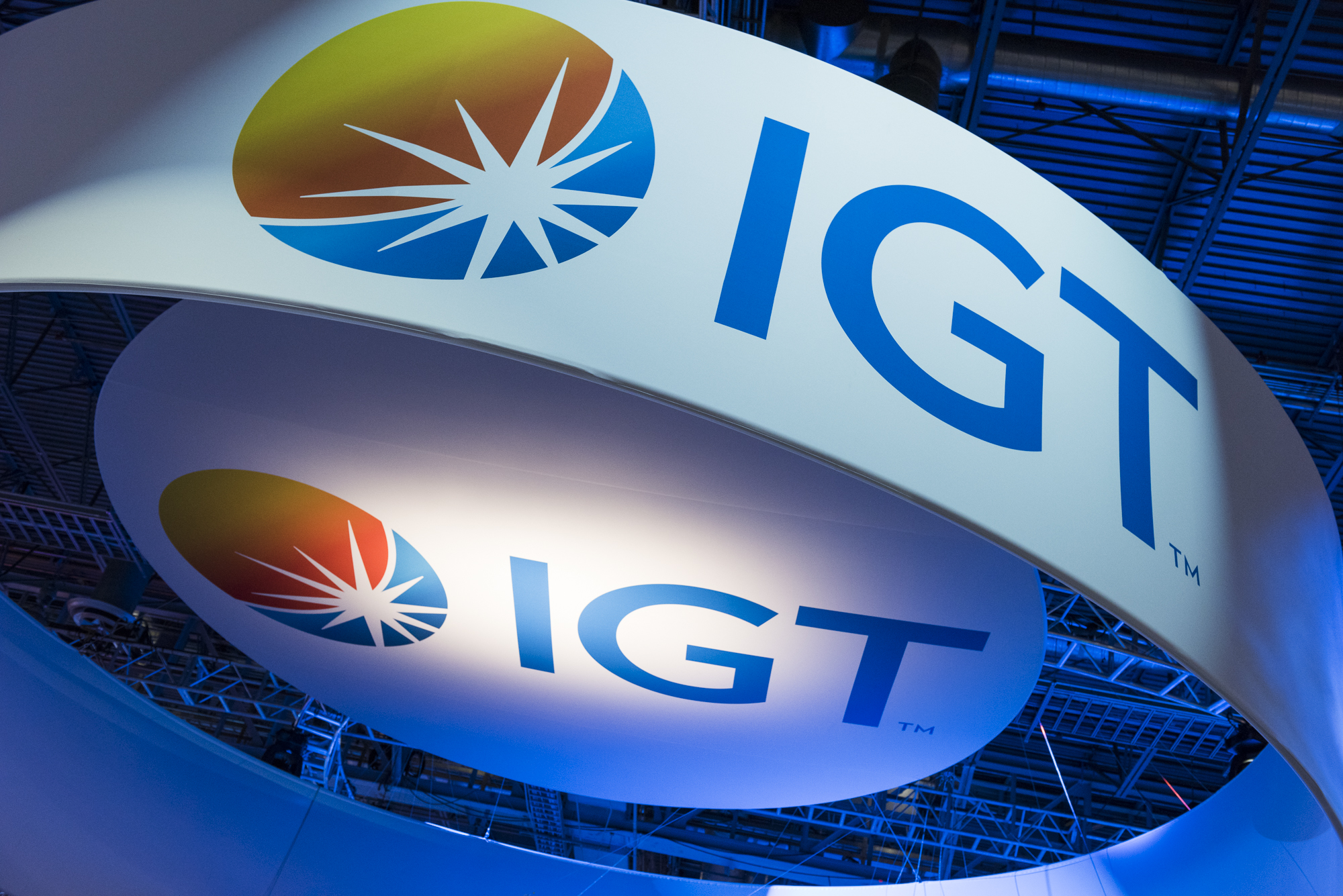
7 Lessons For Marketers From The 2016 Campaign
March 30, 2016
While for many the 2016 presidential campaign has been painful to watch, there’s key learning – both good and bad – for marketers to apply in crafting and executing our marketing plans.
If you want to establish a powerful and unassailable position, connect with core needs.
The reason why Donald Trump and Bernie Sanders have drawn disproportionately large crowds to their events is that they’ve both tapped into the politically disenfranchised in a powerful way. While going about it with differing messages, these two polarizing candidates have drawn important support by connecting with these target’s core concerns. In the process, they’ve fostered strong convictions that defy logic.
While it’s important to have a strategy, success often depends on tactical opportunism.
The successful candidates in this race are masters at counterpunching. They rule the news cycle by taking advantage of events as they unfold. They thrive by listening carefully and responding quickly to capitalize on opportunities as they arise.
Differentiation and neutralization are equally important.
We all know it’s important to differentiate our offer from competition, but success in this race has been as much about neutralizing competitive advantages as it has been about differentiation. This one is tricky for there’s a fine line between success and alienation. But, it’s becoming increasingly clear that marketers need to bring neutralization messages into our narrative to help distinguish our offer, particularly if we’re challenging the status quo.
Authenticity remains critically important.
It’s important to remain true to who you are if you want to build meaningful connections. One of the most promising candidates going into the campaign is no longer a factor in the race because he morphed his persona three times in the course of the campaign. Targets sniff that out fast and quickly turn away if you fail the genuine test.
Mechanical repetition of key talking points can alienate targets.
Marketing today is about building a dialogue. That same candidate’s waterloo moment came in the midst of a national debate where he mechanically repeated his key talking points over and over in the face of critical onslaught. It turned many interested voters off and cost him valuable ground, which he never recovered. Targets want to be talked with, not at.
Influencers can be effective if they are credible.
We’ve seen a marked dilution of the impact of endorsement in this campaign. Does that mean influencers are no longer valuable? Research tells us that third party endorsement remains one of the most powerful catalysts in the buying decision for both consumer and b2b targets. But, targets must believe the endorser’s message. They just can’t say it. It must be credible.
The impact of traditional marketing media is on the wane.
Fascinatingly, attack ads are not working in this election as they have in prior contests. The most polarizing, yet successful candidate has leveraged free media and relied primarily on Twitter and Instagram as his social media of choice. This has worked gloriously for him. Targets are consuming media as they live today. New channels are reaching people more effectively than traditional channels. It’s time marketers take notice.
These are some of the key lessons I’ve taken away. I’m sure there are many more insights that each of you have gleaned from this process. I’d love to know what they are. Please share.
Posted under: Branding Strategy, Changes in branding







